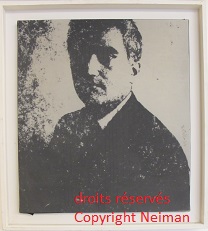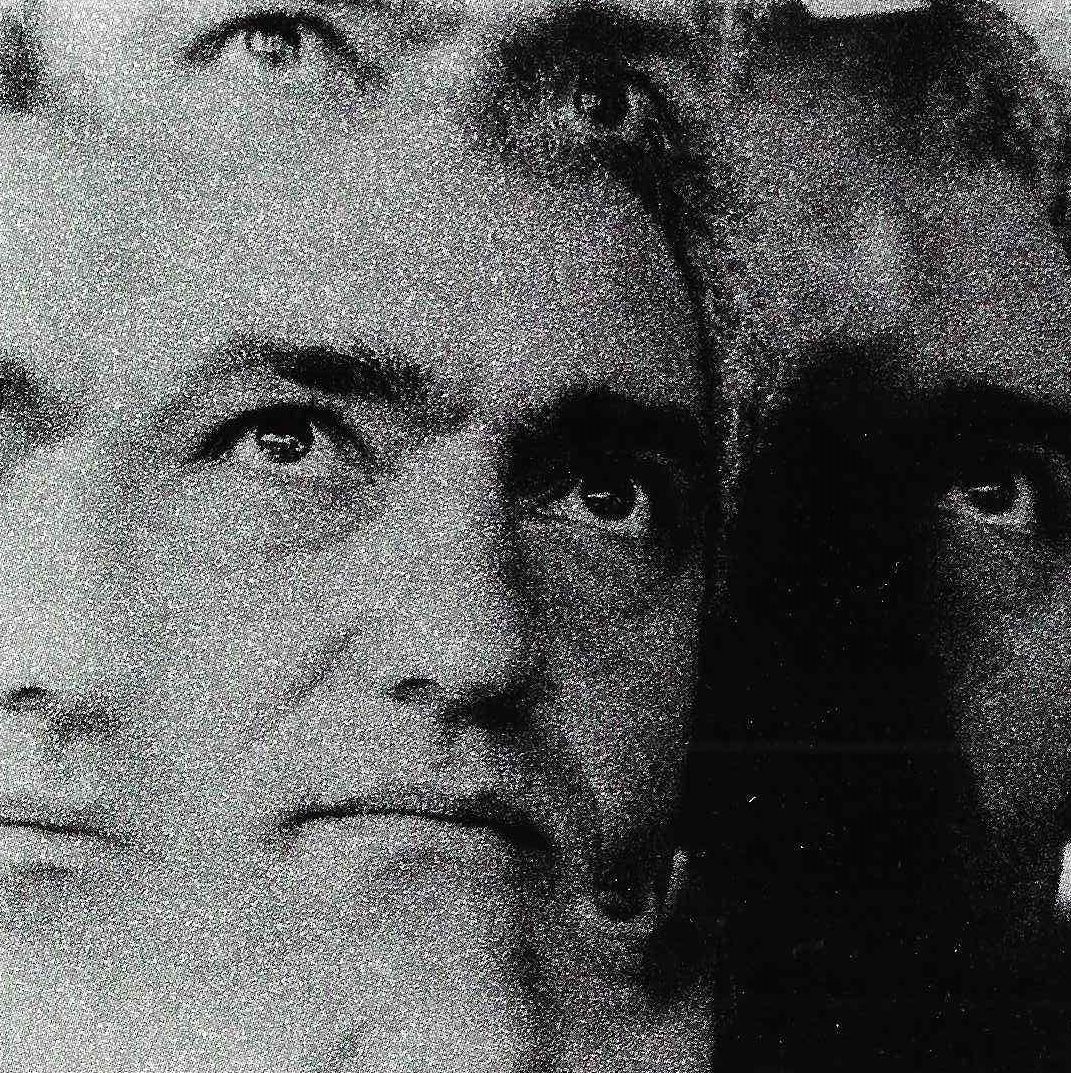
YN expose avec d’autres artistes (Pol Bury, Alain Jacquet, Bertini, Rotella) regroupé par Restany sous le syntagme de « Mec-art », art dit « mécanique », utilisant soit des supports ou des éléments issus de la reproduction mécanique ou industrielle soit des moyens de réalisation mécaniques.
Neiman a surtout poursuivi son œuvre à partir de l’invention et du développement des techniques photographiques et l’utilisation aussi de nouveaux procédés de développement et de travail des clichés photographiques.
Dans une interview, Jacques Donguy, lui demande de quelle façon s’est élaborée le groupe du Mec Art, Neiman répond: « Le groupe du Mec Art, c’était Bertini, qui a fait des collages et des montages à partir de photos, Jacquet, Rotella qui utilisaient des photos de journaux. Moi, j’avais mon laboratoire où je faisais mes recherches avec le métal, le papier plastifié. Il y a eu les premières expositions auxquelles je n’ai pas participé. Puis l’article de J. L Swiners dans Terres d’images. Puis j’ai eu ces 10 pages dans Plexus. J’ai fait mon exposition chez Raymond Cazenave, où j’étais le premier à montrer une photo comme un tableau. Le problème avec le Mec Art c’est que c’est mal connu. Il y avait 2 allemands, 2 italiens, 1 belge, Bury. ça s’est développé plus tard, il y a eu une deuxième génération, avec en Italie Mariani… »
Ce mouvement a eu un manifeste : « Hommage à Niepce » et il s’est développé en Italie grâce à Bertini.
cf. « Registrazione Di Pierre Restany, effetuata a Milano il 14 Ottobre 1978 », Galleria d’Arte Moderna, Il Dialogo.
Dans une plaquette d’exposition (J. &J. Donguy, 1982) consacrée à l’œuvre de Neiman, Restany écrit « De la photo avec un œil de peintre » : « Neiman est le mainteneur de cette continuité photo-mécanique. Ses clichés de compositions ont été transposés sur tous les supports, papier, toile, plaques métalliques impressionnées; ils ont même été transférés au pantographe en trois dimensions » (28.10.1982).
Cf. FIAC, 1987, où se retrouvent accrochés des tableaux des artistes du Mec-Art.
****
YN exhibited with other artists (Pol Bury, Alain Jacquet, Bertini, Rotella) grouped by Restany under the syntagm of « Mec-art », art said to be « mechanical », using either supports or elements from mechanical or industrial reproduction or mechanical means of realization.
Neiman especially pursued his work starting from the invention and the development of the photographic techniques and the use also of new processes of development and work of the photographic plates.
In an interview, Jacques Donguy, asked him how the Mec Art group was developed, Neiman replied: « The Mec Art group was Bertini, who made collages and montages from photos, Jacquet, Rotella who used newspaper photos. I had my laboratory where I did my research with metal and plasticized paper. There were the first exhibitions in which I did not participate. Then the article by J. L. Swiners in Terres d’images. Then I had these 10 pages in Plexus. I had my exhibition at Raymond Cazenave, where I was the first to show a photo as a painting. The problem with Mec Art is that it is not well known. There were 2 Germans, 2 Italians, 1 Belgian, Bury. It developed later, there was a second generation, with Mariani in Italy… »
This movement had a manifesto: « Homage to Niepce » and it developed in Italy thanks to Bertini.
cf. « Registrazione Di Pierre Restany, effetuata a Milano il 14 Ottobre 1978 », Galleria d’Arte Moderna, Il Dialogo.
In an exhibition booklet (J. &J. Donguy, 1982) devoted to Neiman’s work, Restany writes « De la photo avec un œil de peintre »: « Neiman is the maintainer of this photo mechanical continuity. His clichés of compositions have been transposed on all supports, paper, canvas, printed metal plates; they have even been transferred to the pantograph in three dimensions » (28.10.1982).
Cf. FIAC, 1987, where paintings by Mec-Art artists are presented.
***
YN ha esposto con altri artisti (Pol Bury, Alain Jacquet, Bertini, Rotella) raggruppati da Restany sotto il sintagma di « Mec-art », la cosiddetta arte « meccanica », utilizzando sia supporti o elementi di riproduzione meccanica o industriale che mezzi di realizzazione meccanici.
Il lavoro di Neiman si basa sull’invenzione e lo sviluppo di tecniche fotografiche e sull’uso di nuovi processi per sviluppare e lavorare con le lastre fotografiche.
In un’intervista con Jacques Donguy, che gli chiese come nacque il gruppo Mec Art, Neiman rispose: « Il gruppo Mec Art era Bertini, che faceva collage e montaggi a partire da fotografie, Jacquet e Rotella, che usavano fotografie di giornali. Avevo il mio laboratorio dove facevo le mie ricerche con il metallo e la carta plastificata. Ci sono state le prime mostre a cui non ho partecipato. Poi l’articolo di J. L. Swiners in Terres d’images. Poi ho queste 10 pagine in Plexus. Ho fatto la mia mostra da Raymond Cazenave, dove sono stato il primo a mostrare una foto come un dipinto. Il problema della Mec Art è che non è molto conosciuta. C’erano due tedeschi, due italiani e un belga, Bury. Si sviluppò più tardi, ci fu una seconda generazione, con Mariani in Italia. »
Questo movimento aveva un manifesto: « Omaggio a Niepce » e si sviluppò in Italia grazie a Bertini.
Vedi « Registrazione Di Pierre Restany, effetuata a Milano il 14 ottobre 1978 », Galleria d’Arte Moderna, Il Dialogo.
In un opuscolo espositivo (J. &J. Donguy, 1982) dedicato all’opera di Neiman, Restany scrive « De la photo avec un œil de peintre »: « Neiman è il mantenitore di questa continuità meccanica fotografica. I suoi cliché compositivi sono stati trasposti su tutti i supporti, carta, tela, lastre di metallo stampato; sono stati persino trasferiti al pantografo in tre dimensioni » (28.10.1982).
Cfr. FIAC, 1987, dove sono appesi quadri di artisti Mec-Art.

